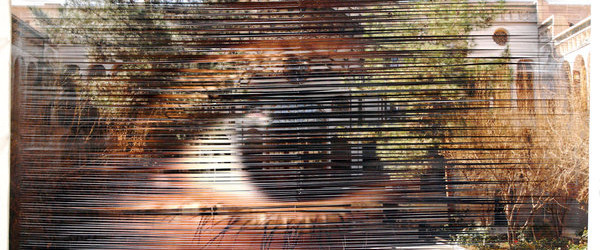The Edward Hopper House Art Center current exhibition, “Where We Are Standing: Contemporary Women Artists from Iran,” examines idea that artists’ roots have an enduring influence on their creative development through works by three artists who grew up in Iran and now live in North America.
In her hometown of Aleppo, Loury was a budding musical prodigy. Born to a Syrian folk dancer from Raqqua and a musician, she learned at a young age to nestle her chin onto the violin’s lower bout. But these days, Loury’s fingers know only the stitch of a cheap T-shirt.
As Oman’s top female tennis player, Fatma Al Nabhani has sailed into uncharted territory throughout her career. The 24-year-old Muscat native is now on the verge of becoming the first women’s tennis player from the Gulf to go to the Olympics.
The Burkini “covers the whole body with the exception of the face, hands and feet, without compromising on style”. The retailer, which has been selling the three-piece suits in its Dubai and Libya stores for three years, adds that the design is “lightweight so you can swim in comfort.”
The Swedish basketball federation has allowed 17-year-old female Muslim basketball player Noha Berhan to wear hijab during her team’s matches.
A Muslim woman agreed to lift her niqab while giving evidence in court, after she was warned she could face a fine or jail if she refused to do so.
A new campaign titled “Ban the niqab” was launched in Egypt earlier this month, calling for a ban on the full face veil in all state institutions, including universities, public hospitals, schools and government departments. The campaign was strongly criticized by some Islamic clerics, who believe that wearing the niqab is a virtuous act by women and banning it is not permissible.
A Baptist high school guidance counselor and youth pastor’s wife in Missouri is wearing a hijab (Muslim headscarf) to school every Monday as a way of showing solidarity with Muslims and combating anti-Muslim rhetoric.

